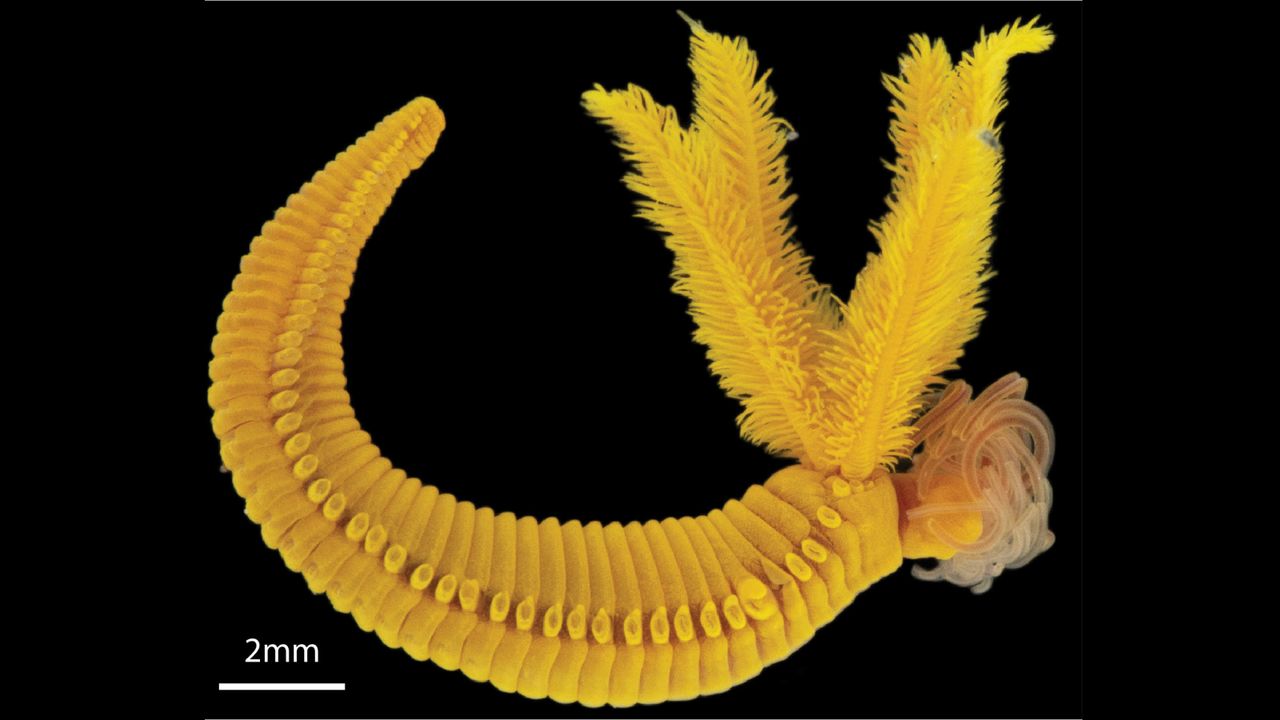Now Reading: Paralvinella Hessleri: The Acid-Resistant Worm That Thrives in Toxic Environments
-
01
Paralvinella Hessleri: The Acid-Resistant Worm That Thrives in Toxic Environments
Paralvinella Hessleri: The Acid-Resistant Worm That Thrives in Toxic Environments

Swift Summary
- Name: Paralvinella hessleri
- Habitat: Found at hydrothermal vents in the western Pacific Ocean, including the Okinawa Trough adn Mariana Back-Arc Basin.
- Size and Appearance: grows up to 22 mm (0.8 inches) in length and has a radiant yellow color due to arsenic-derived pigment (orpiment).
- Extreme Environment Adaptation: Lives in zones with high temperatures (up to 320°C/608°F) and toxic chemicals like arsenic and sulfide.
- Unique survival Mechanism: Stores arsenic in its skin cells, where it reacts with sulfide to form orpiment – a defensive, less harmful pigment that also makes up nearly 1% of its body weight.
- Scientific Observation (2025 Study): Researchers described this survival strategy as “fighting poison with poison.” Hao Wang from the Chinese Academy of Sciences remarked on his amazement at discovering the bright yellow worms thriving despite extreme toxicity.
Indian Opinion analysis
The finding of Paralvinella hessleriS adaptations sheds light on how life can thrive under extreme conditions deemed uninhabitable by conventional standards.For India, such findings emphasize the significance of deep-sea exploration for uncovering unique biological mechanisms that coudl inspire innovative solutions in fields ranging from medicine to environmental science. The worm’s adaptation highlights potential avenues for research into toxin resistance or biomineralization processes.
Given India’s robust interest in oceanographic studies thru institutions like NIOT and CSIR-NIO, exploring hydrothermal vent ecosystems might offer valuable scientific collaborations globally while fostering advancements in biotechnology or material sciences derived from natural resilience strategies observed under harsh environments.




























